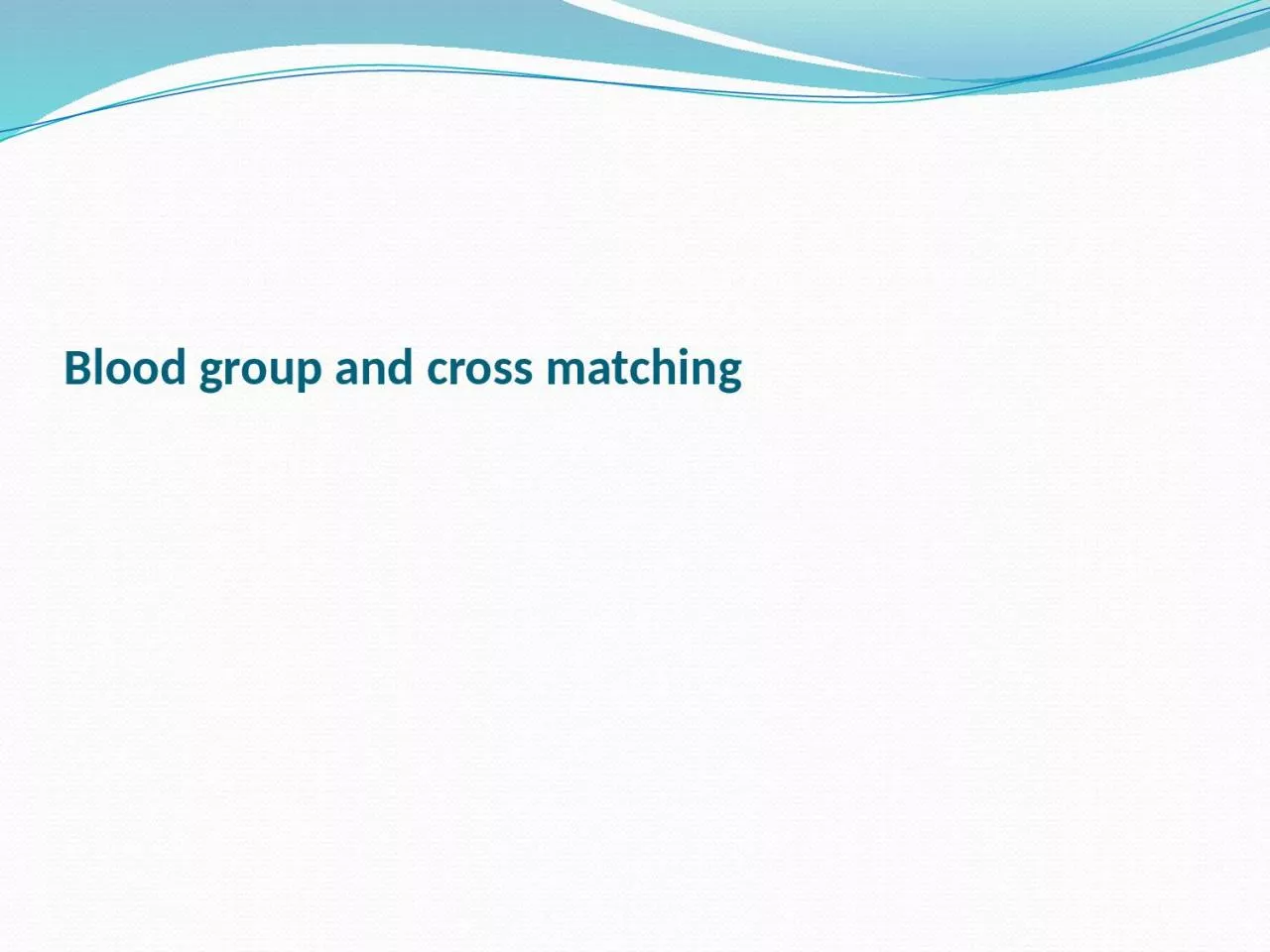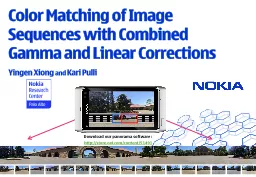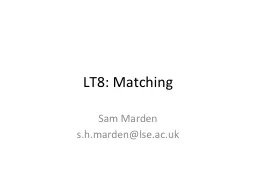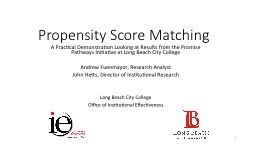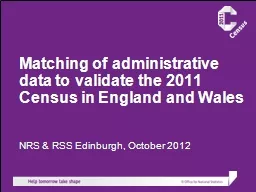PPT-Blood group and cross matching
Author : udeline | Published Date : 2023-05-31
Introduction and principle The surface of the RBC contains numerous glycoprotein markers known as antigens Ag There are many different types of antigens but
Presentation Embed Code
Download Presentation
Download Presentation The PPT/PDF document "Blood group and cross matching" is the property of its rightful owner. Permission is granted to download and print the materials on this website for personal, non-commercial use only, and to display it on your personal computer provided you do not modify the materials and that you retain all copyright notices contained in the materials. By downloading content from our website, you accept the terms of this agreement.
Blood group and cross matching: Transcript
Download Rules Of Document
"Blood group and cross matching"The content belongs to its owner. You may download and print it for personal use, without modification, and keep all copyright notices. By downloading, you agree to these terms.
Related Documents

